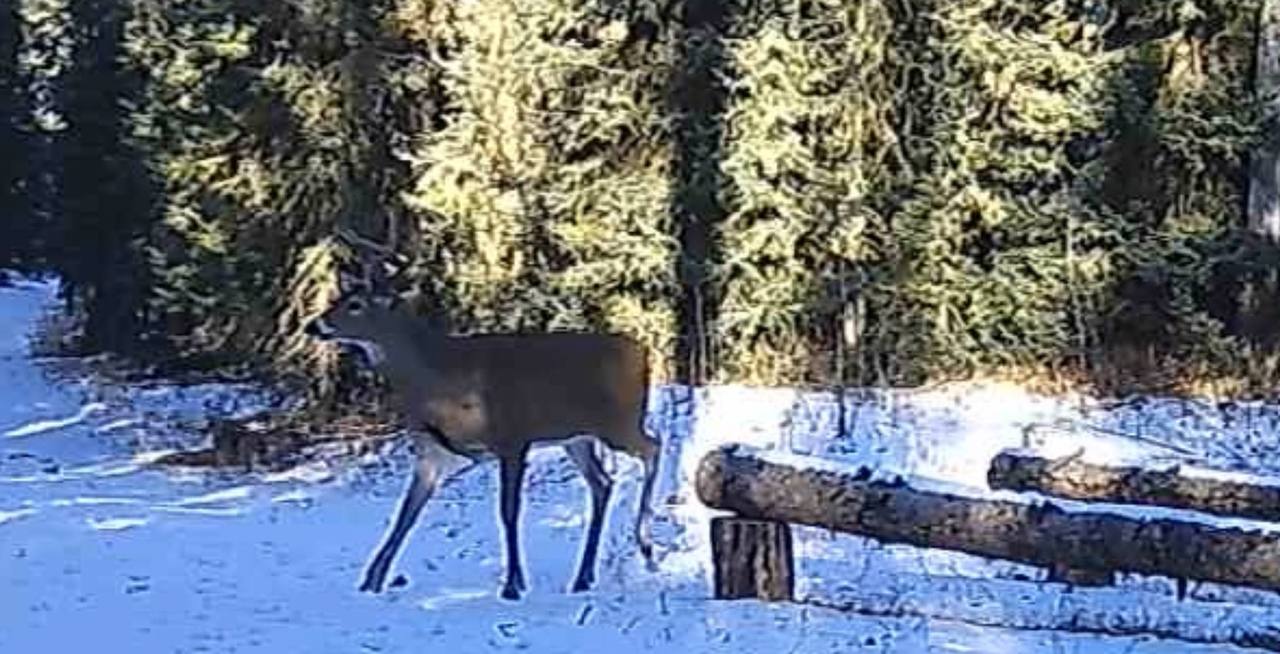Everyone loves seeing deer, except perhaps when they are eating your feed or birdseed. White-tailed deer are commonly found throughout Alberta and are best recognized by their distinctive white flags as they run across fields. We are fortunate in Alberta to have an abundance of wildlife. Living in rural areas, it’s easy to forget just how lucky we are to be surrounded by nature. Take a moment to appreciate what we have.
White-tailed deer should not be confused with their cousins, the mule deer, which are more gray, shorter, and stockier. In contrast, white-tails are reddish-brown in the summer and can blend into their surroundings with ease. These high-spirited animals are adept at running through the woods to evade predators, often darting across fields before disappearing into the forest. As spring approaches, fawns will soon accompany their mothers (doe’s) in the woods and forests. In Alberta's foothills, fawns are typically born in early June. They can stand on their feet within minutes of being born and will almost immediately start nursing from their mothers’ rich milk. In their first few weeks, fawns are relatively weak, and doe’s will leave them bedded in tall grass for camouflage while they go off to feed, returning later to let the fawns nurse.
The number of deer births is somewhat influenced by food availability; during harsh winters, there are generally fewer twins born. Conversely, if there is ample food and a milder winter, you may be fortunate enough to spot twins playing alongside their mother in the summer.
Whether you love them or dislike them, predators such as coyotes, bobcats, wolves, and cougars play a crucial role in maintaining a healthy deer population. They help eliminate sick and weak individuals and prevent the population from becoming overly large. Predators are a necessary part of our ecosystem for many reasons.
As fall arrives, white-tailed deer become well-fed from summer grazing, and their thick winter fur begins to grow in. Fawns lose their spots and start to resemble miniature versions of their mothers. Breeding occurs in the fall, primarily in November in Canada. Males enter the rutting season, driven by hormones to seek mates, and may engage in combat with other males to establish the right to mate.


